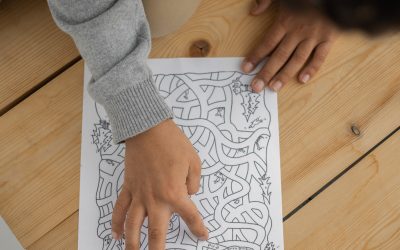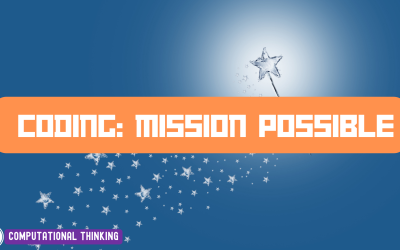Overview
This activity was designed in collaboration with Thales. We appreciate their partnership and commitment to cybersecurity education.
In this simulation, you are a member of the Canadian Military Intelligence Corp. German U-boats are threatening Allied supply convoys in the North Atlantic. Intelligence suggests they’re using a new encryption system to coordinate attacks. You must break their codes and secure our communications before the next convoy departs in 45 minutes!
Complete 5 cybersecurity missions based on real WWII Canadian intelligence work to stop the enemy and protect Canadian lives.
Outcomes
6-8 Technology
Strand: Information Technology Skills
Big Idea: Digital Citizenship
Skill Descriptors:
- Gr. 6 – Apply cybersecurity knowledge to personal data
- Gr. 7 – Identify ethical use of computing technology
- Gr. 8 – Distinguish between types of cybersecurity attacks
What You’ll Need
- Laptops
- Internet connectivity
Instructions
Follow this link to begin the escape room: Operation Maple Cipher – WWII Cybersecurity Escape Game
Career Connections
- Cyber Operator for Canadian Armed Forces
- Internet Security Analyst
- Network Support Analyst
- Systems Auditor
- Computer Incident Response Specialist
Extension Ideas
- Cross-Curricular: Combine with social studies by investigating how cybersecurity has changed since WWII
- Career Exploration: Invite a speaker from Thales or Canadian Armed Forces Cybersecurity Team to share about their work. Please contact the New Brunswick Centres of Excellence (coe@gnb.ca) for support with making a connection to relevant speakers.
Digital Literacy Competencies
- Digital Citizenship – Learners recognize the rights, responsibilities, and opportunities of living, learning, and working in an interconnected digital world, and they act and model in ways that build the common good.
- Critical Inquiry and Meaning Making – Learners use digital technologies to collect information, systematically question and assess the validity and accuracy of information, organize data by priority, topic, or other systematic schema, interpret information gathered, and draw conclusions based on critical analysis and prior knowledge and experience.
- Creativity, Design, and Problem-Solving – Learners explore digital technologies to develop and enhance ideas, products, or processes through creative expression and innovative design to solve issues that affect them, their community, and the world.
- Communication and Collaboration – Learners communicate and collaborate with others in digital environments, working effectively in local and global teams to develop empathy and broaden perspectives, achieve common goals, solve problems, share values, and advocate for positive social change.
Related Global Competencies
- Critical Thinking and Problem Solving: Address local problems by collecting, analyzing, and interpreting data to make informed judgments and decisions
- Collaboration: Group projects foster teamwork and collective problem-solving.
- Sustainability and Global Citizenship: Addressing social, ecological, and environmental issues that are crucial to living in a contemporary, interdependent, and sustainable world.
Reflection Tools
Please see the attached PDF for several choices on how you and your learners can reflect upon today’s activity.






